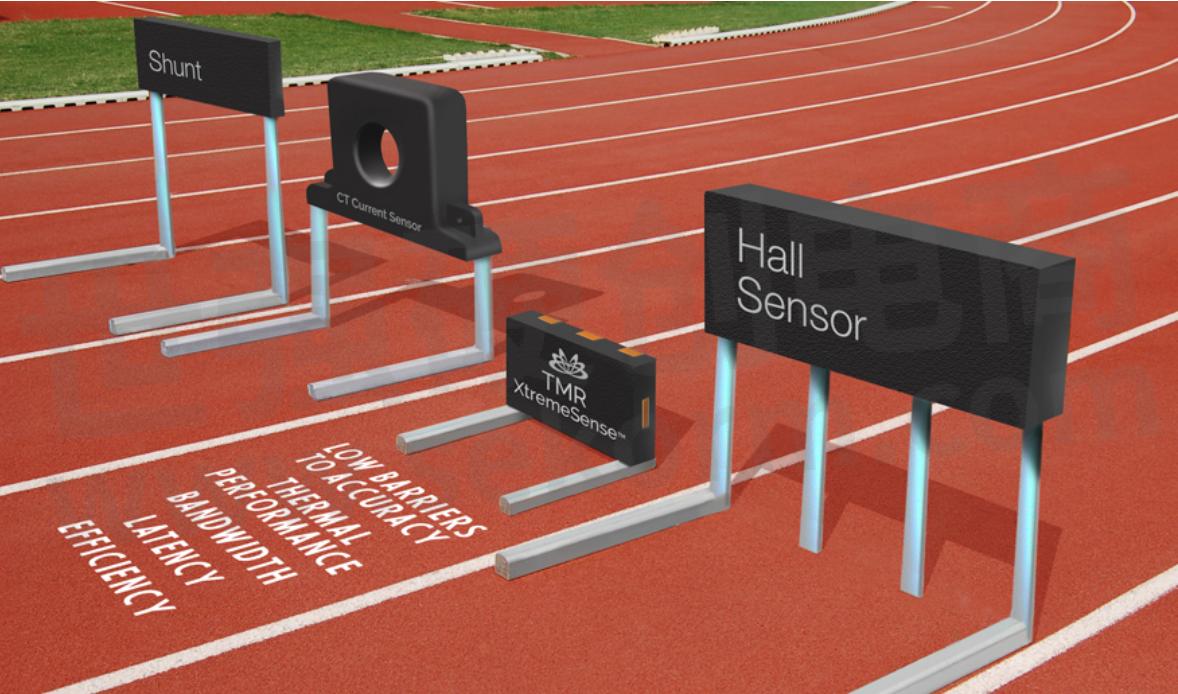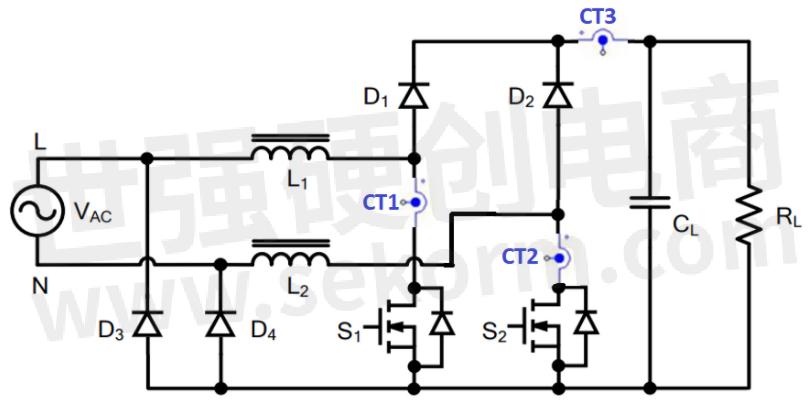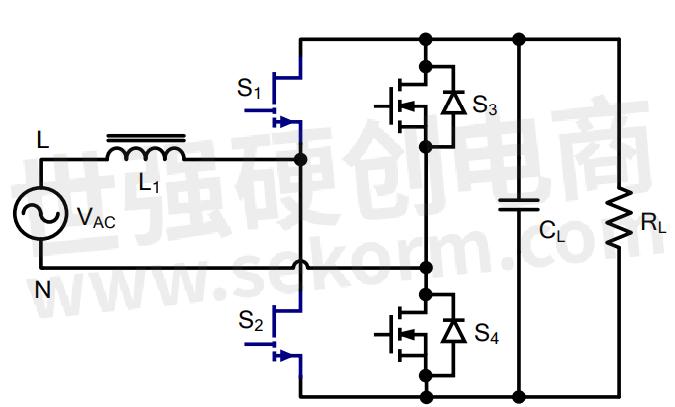New Sensor Technology simplifies EVs and Data Centers

In a recent article on how Tesla is running circles around traditional automakers, The New York Times suggested that because they were essentially an agile tech company, they had an extreme advantage.

"G.M. and Ford closed one factory after another — sometimes for months on end — because of a shortage of computer chips, leaving dealer lots bare and sending car prices zooming," The Times explained. "Yet Tesla racked up record sales quarter after quarter and ended the year having sold nearly twice as many vehicles as it did in 2020 unhindered by an industrywide crisis… When Tesla couldn't get the chips it had counted on, it took the ones that were available and rewrote the software that operated them to suit its needs."
Welcome to the EV sector, where agility is everything and change are coming fast and furious. On-board and off-board charging systems are consistently requiring increased power and higher efficiency. In order to enable this architecture to need to run faster, be more accurate, and have less latency—all while maintaining the same or smaller form factors.
And it's not just happening in EVs—the same demands for agility, power, and efficiency are being seen in industrial, telecom, and data center.
Traditional, Hall-based sensors can no longer provide the need for low power consumption, high sensitivity, and accuracy, at an affordable cost, meaning new technologies are needed. For these benefits, AMR and GMR sensors are quickly giving way to Tunnel Magneto Resistance (TMR) sensors.
TMR delivers the accuracy, low power, temperature stability, sensitivity, and signal/noise ratio that no other solution can offer. Specifically, AMT fails around accuracy, sensitivity, and signal/noise, while GMR also struggles with signal/noise.
TMR, on the other hand, excels as a current sensor, since a TMR Sensor’s resistance changes according to the external magnetic field. When it’s combined with state-of-the-art CMOS circuitry, these sensors can be used as high-SNR sensors, delivering excellent linearity and thermal performance— as a contact or contactless current sensor.
The highly versatile TMR solution provides high-end performance for demanding applications and can be incorporated into existing designs with better performance and lowers the overall total cost of the solution.
Power-factor correction
The power factor (PF) of a power supply is the ratio of the real power consumed to the apparent power (Voltsrms multiplied by Ampsems.) The PF determines the amount of useful power that a switch mode power supply can draw from the AC line and then deliver to its output load.
A power supply utilizing Power Factor Correction (PFC) supplies higher output load currents and significantly minimizes AC current harmonics, leaving the “fundamental” current frequency that is in phase with the voltage waveform. PFC is inserted between the line and the main converter, and a pre-converter draws sinusoidal current from the mains and provides a DC voltage. Essentially, it works like a boost converter to correct the power factor. The result is a minimized reactive power, delivering the actual power.
In traditional PFC, a large portion of system loss occurs in the diode bridge. A shunt resistor is placed in the ground line to sense current, yet in this scenario, you experience 2-3% system loss of total efficiency.
With a 2-Phase Bridgeless PFC, the part component utilization is doubled. Here, a complicated current sensing circuit (3 Current transformers) is required. So while this architecture eliminates the diode bridge, the drawbacks of 2X components and the complicated sensing circuit are significant.

Figure 1: 2-Phase Bridgeless PFC
Totem Pole PFC
With the totem-pole PFC, half of the diode bridge is replaced by active switches (S1 and S2.) This high-frequency half bridge is typically employing GaN. The other half of the diode bridge is replaced by switches S3 and S4 which are a line frequency leg with synchronous MOSFETS. The loss of the diode bridge leads to improved efficiency; the architecture also delivers lower part counts and requires only one sensor.

Figure 2: CCM Totem Pole PFC
This solution increases the power factor of a load, improving efficiency for the distribution system to which it is attached. In an electric power system, a load with a low power factor draws more current than a load with a high power factor for the same amount of useful power transferred. With the increased demand that EVs will have on our energy infrastructure, more emphasis is being placed on improving PFC efficiency.
New Architectures
New PFC architectures combined with higher efficiency GaN devices are enabling new levels of efficiency and power density. The totem-pole PFC is the architecture of choice for this application and there are more and more controllers being released that support this. This new solution is changing the game for the EV on-board and off-board chargers, computing, and data centers.
According to Crocus, developer of the most advanced magnetic TMR sensor technology solutions, an XtremeSense® TMR sensor is the ideal solution for isolated current sensing in these applications, delivering the highest sensitivity, the widest dynamic range, the lowest power consumption, and the highest accuracy over temperature.
The Crocus TMR sensor provides high SNR and a clean signal to the controller, low power loss, and 1-MHz bandwidth with low latency and fast output response time (300 ns) for measurements. The TMR sensor also features programmable overcurrent detection and high-voltage isolation to ensure safety.
These new Totem Pole PFC solutions are dramatically improving the way isolated current sensing is done, contributing to higher power density – the perfect solution for agile EVs and expanding data center applications.
- +1 Like
- Add to Favorites
Recommend
- Crocus Technology Surpasses 100 million Delivered Units of its CMOS-Integrated XtremeSense® TMR Sensor Citing Design Wins and Rapid Market Adoption of TMR Technology
- Crocus’ XtremeSense® TMR CT81xx Sensors: a Combination of High Sensitivity, Low Power and Small Footprint for Medical Wearables Applications
- High-sensitivity Crocus XtremeSense® TMR Sensors Solves Tamper Detection, with Less Susceptibility to Temperature Change
- Crocus Technology Introduced its Second Generation XtremeSense™ TMR 2D Angular Sensor CT310
- Crocus Technology Unveiled High Linearity, High Resolution, Integrated XtremeSense™ TMR Current Sensor CT110
- Crocus Technology Unveils CT40x, Expands its Industry-Leading Portfolio of XtremeSense® TMR Magnetic Sensors with the Best Performance-to-Cost Balance
- Crocus Releases XtremeSense® TMR CT40x Sensors with 500kHz Bandwidth, Shattering Price Barrier and Redefining Sensor Performance
- Crocus Technology‘s CT310 XtremeSense® Sensor 2D TMR Angular Sensor with Angular Error less than 0.30°
This document is provided by Sekorm Platform for VIP exclusive service. The copyright is owned by Sekorm. Without authorization, any medias, websites or individual are not allowed to reprint. When authorizing the reprint, the link of www.sekorm.com must be indicated.






























































































































































































































































































































































































































































































































































































































































































































































































































































































